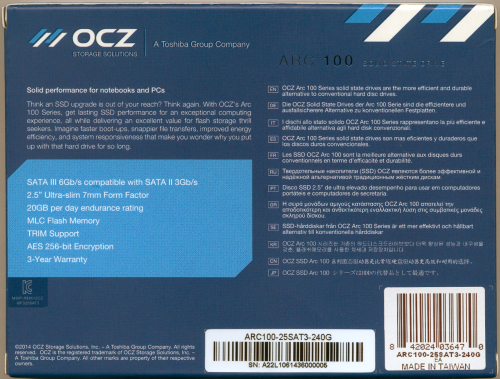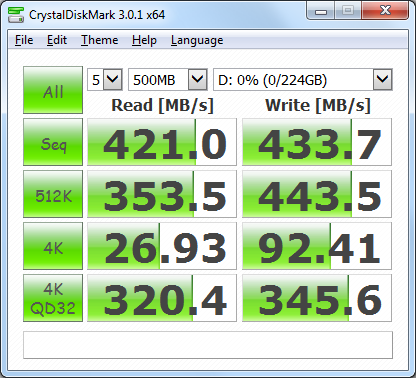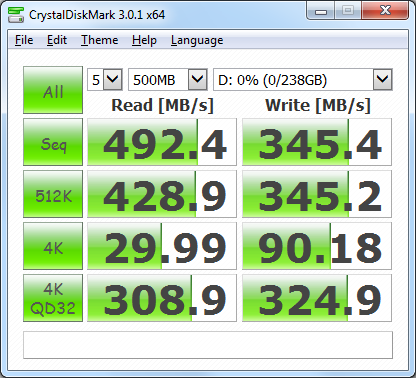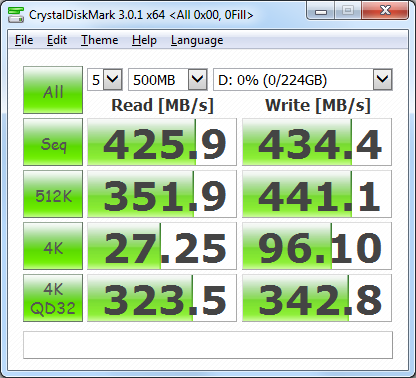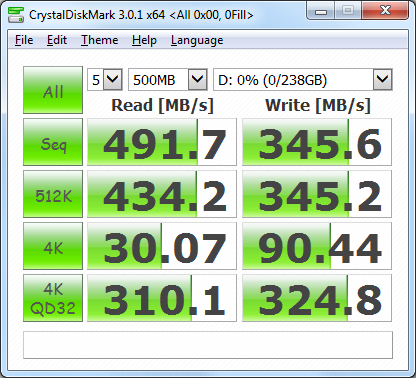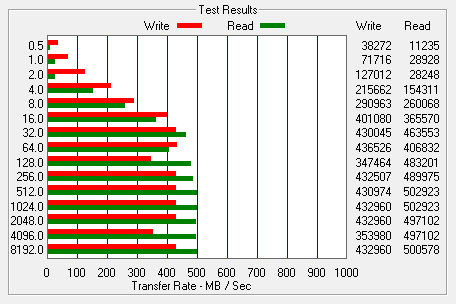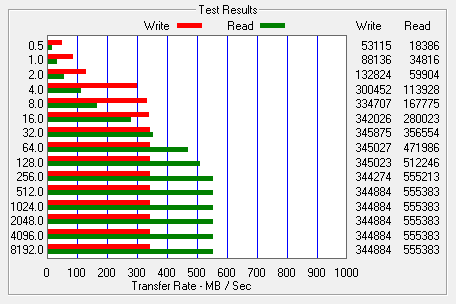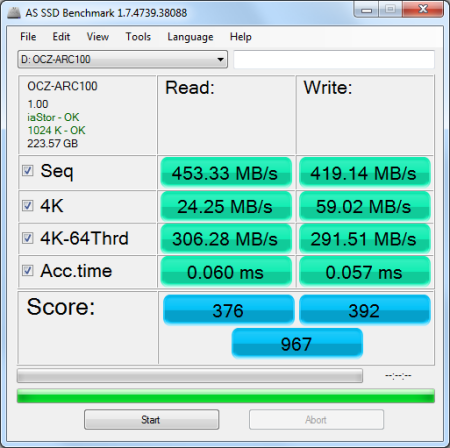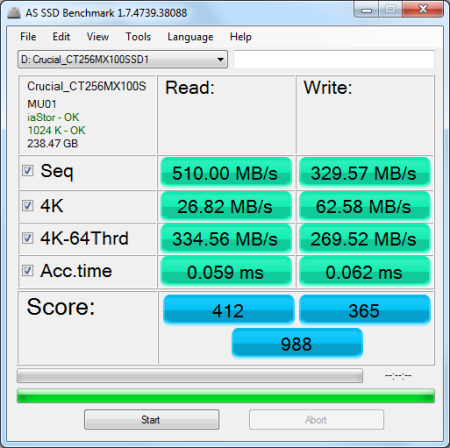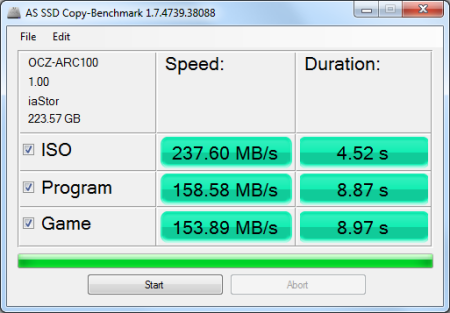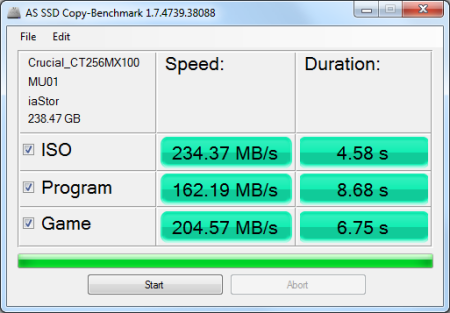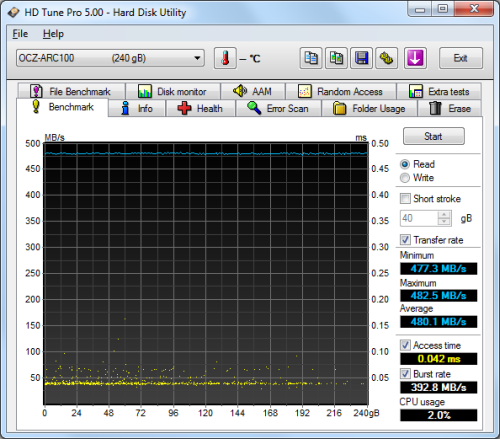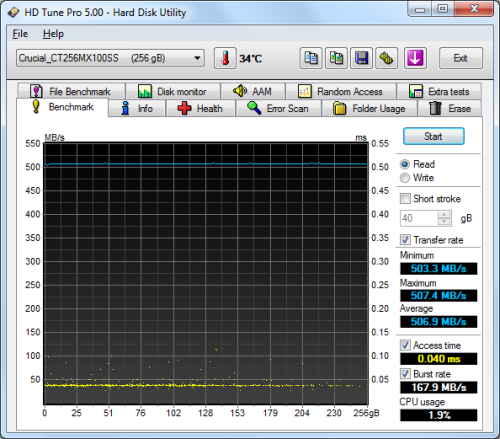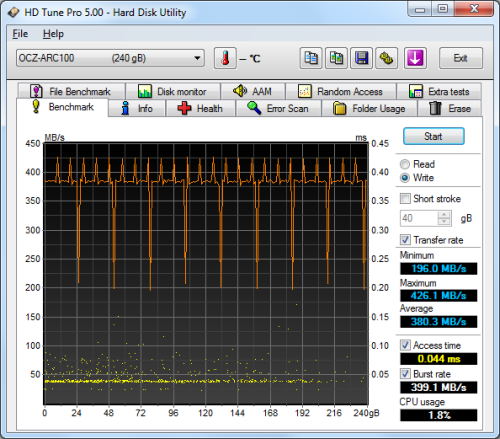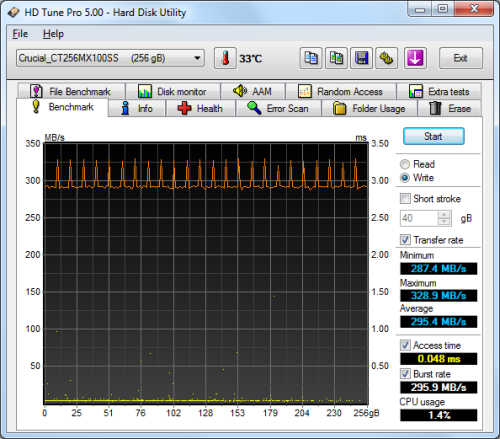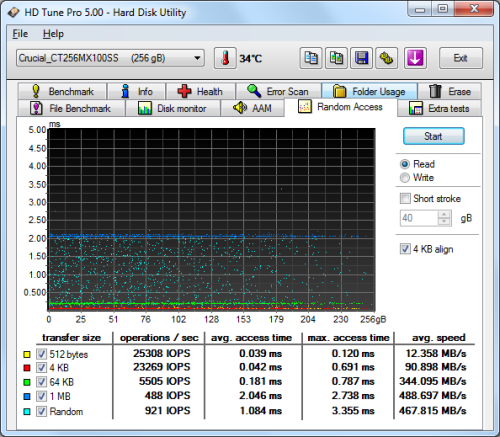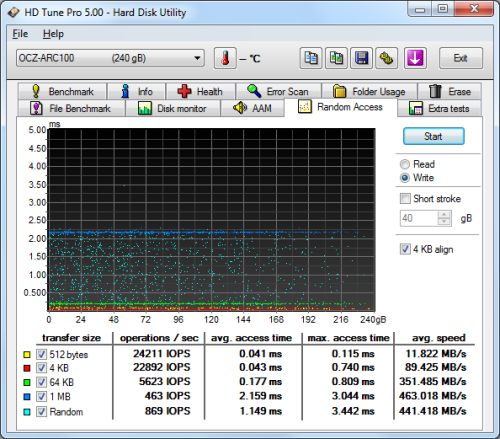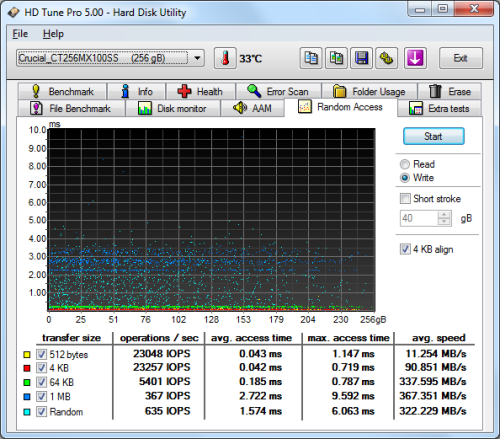

Model: OCZ ARC 100 240GB Solid State Drive
Manufacturer: OCZ Storage Solutions
Provided By: OCZ Storage Solutions
OCZ Storage Solutions is no stranger to the computer industry. Founded by enthusiasts, for enthusiasts, the company entered the memory market in 2002. Determined to manufacture the very best memory for overclockers, OCZ quickly established itself as a leader in the industry by breaking speed barriers and maintaining a reputation of quality. Today, OCZ is fully committed to the solid-state storage market. As a wholly owned subsidiary of Toshiba, the company offers a variety of high-performance SSD solutions for the enterprise and consumer markets.

One of the latest additions to OCZ's line of consumer-oriented solid state drives is the ARC 100. Developed to deliver exceptional performance at an enticing price point, the ARC 100 is based on OCZ's Indilinx Barefoot 3 M10 controller. This cutting-edge controller is powered by both an ARM Cortex processor and OCZ's own Aragon co-processor and features an advanced, multi-level ECC engine, low write amplification, efficient garbage collection, and adaptive NAND flash management. The M10 derivative of the Barefoot 3 ups the ante even further, adding AES-256 encryption and a power-optimized clock generator. The ARC 100 is also equipped with Toshiba's Advanced 19nm (A19) Toggle Mode MLC NAND flash and an extra large DRAM cache to deliver up to 490 MB/s read and 450 MB/s write speeds along with a maximum of 80,000 4KB random write IOPS.
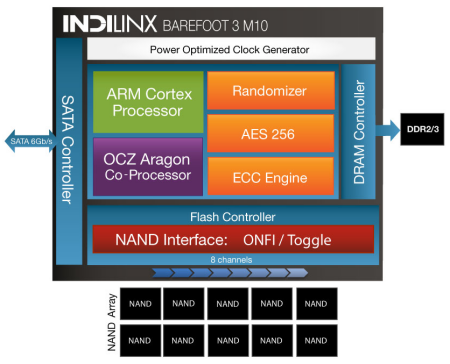
For this review, OCZ sent us the 240GB version of the ARC 100. This SSD comes equipped with 512MB of on-board cache and is capable of delivering up to 480 MB/s sequential read and 430 MB/s sequential write speeds as well as up to 75,000 random read and 80,000 random write IOPS.
| OCZ ARC 100 240GB Solid State Drive | |||||||||||||||||||||||||||||||||||||||||||||||
General Specifications
Performance
Reliability
Power Consumption
Environmental
Dimensions and Weight
Other Features
|
Needless to say, this is only a taste of what the ARC 100 has to offer. To give you an idea of what to expect, we'll take a closer look at OCZ's new SSD and then see how well it performs. Does the ARC 100 have what it takes? Is it the best bang for your buck? Keep reading as we find out.
The ARC 100 comes in a small, blue box. While there aren't a lot of details on the front, the back of the box advertises many of the drive's key features including its SATA 6Gbps interface, 2.5" ultra-slim form factor, MLC flash memory, TRIM support and AES 256-bit encryption.
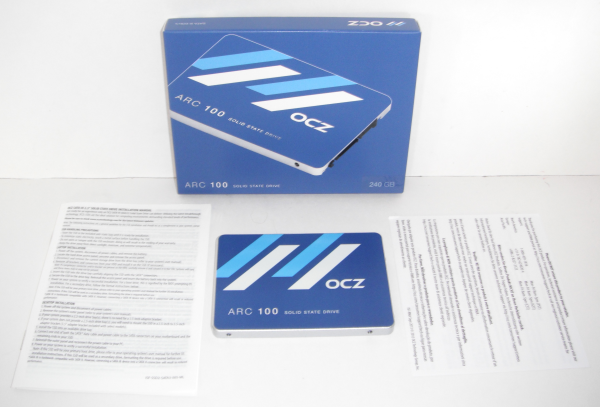
OCZ doesn't include a lot of extras with the ARC 100. Along with the SSD, the box contains a small drive installation manual with instructions for both desktop and notebook computers as well as a sheet of paper with information on how to reach OCZ's tech support.
Physical Features:
The construction of the ARC 100 is very similar to that of OCZ's Vector 150 and Vertex 460 SSDs. The outer casing is made entirely out of aluminum and is covered by a great looking silver finish. The top of the drive also has a large, blue and while sticker showing that it is part of OCZ's ARC series.
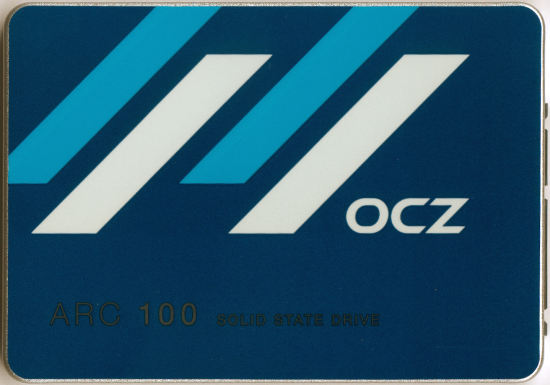
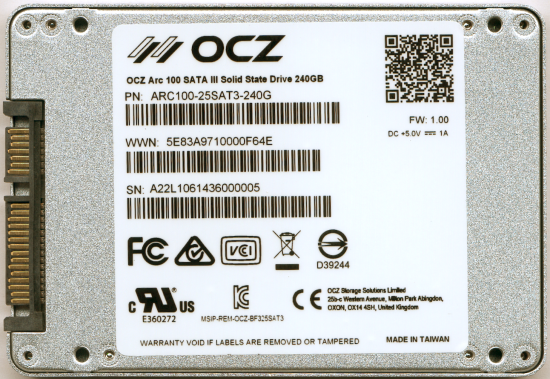
As I mentioned earlier, the ARC 100 uses the Indilinx Barefoot 3 M10 (IDX500M10-BC) controller chip. Like the original Barefoot 3, this derivative is powered by an ARM Cortex processor as well as OCZ's own Aragon co-processor. The Indilinx Barefoot 3 M10 also adds AES-256 encryption and a power-optimized clock generator.

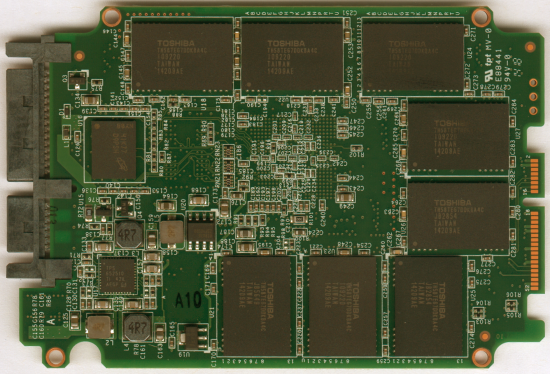
For the 240GB ARC 100, OCZ opted to use Toshiba's A19nm TH58TEG7DDKBA4C MLC NAND flash modules. Looking at the pictures above, you can see that there are eight of these 16GB NAND flash packages on either side of the PCB. The drive also has two 256MB Micron 4HK77 D9PSH DDR3 SDRAM memory chips that are used for caching and garbage collection.
The test system used in this review was an HP 8200 Elite. The computer came equipped with an Intel Core i5-2400 CPU, 4GB of DDR3 1333MHz memory, Seagate Barracuda 7200.12 ST3250312AS 250GB SATA 6 Gb/s hard drive, NVIDIA Quadro FX580 512MB PCIe graphics card and an Intel 82579-LM gigabit network card. For the operating system, I installed a fresh copy of Windows 7 Enterprise.
To test the performance of OCZ's 240GB ARC 100 SSD, I ran a series of benchmarks using CrystalDiskMark 3.0.1, HD Tach RW 3.0.4.0, ATTO Disk Benchmark 2.46, AS SSD, HD Tune PRO 4.61, Anvil's Storage Utilities and Iometer. For comparison, I've also included test results from the SanDisk Ultra II, Crucial MX100, SanDisk Extreme Pro, Samsung SSD 850 PRO, Plextor PX-256M6S, Toshiba Q Series PRO, Plextor PX-256M6M, Samsung SSD 840 EVO mSATA, OCZ Vector 150, OCZ Vertex 450, Silicon Power Slim S55, Samsung SSD 840 EVO, Seagate 600 SSD, SanDisk Extreme II, Plextor PX-256M5M, OCZ Vector, Plextor PX-256M5PRO Xtreme, Samsung SSD 840 PRO and Samsung SSD 840.
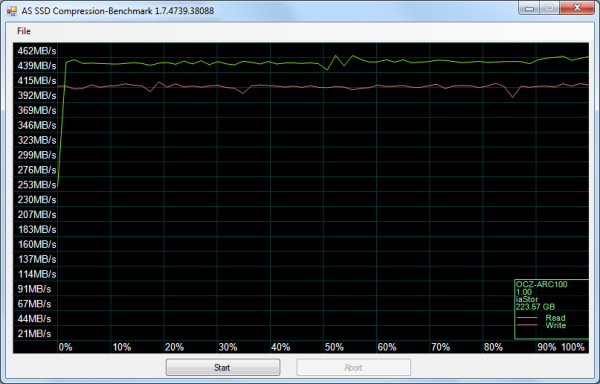
Like the Vertex 460, the ARC 100 is based on the Indilinx Barefoot 3 M10 controller platform. Looking at the screenshot above you can see, that unlike SandForce controllers, it performs equally well with both incompressible (0%) and compressible (100%) data.
CrystalDiskMark 3.0.1:
First, I ran a few quick tests using CrystalDiskMark. This benchmark tool measures the performance of a storage device by testing its sequential read and write speeds as well as its random read and write speeds using blocks 512K and 4K in size.
According to OCZ, the 240GB ARC 100 is capable of reading at 480 MB/s and writing at 430 MB/s when connected to a SATA 6 Gb/s port. While the drive performed well, it came up a bit short of these numbers in CrystalDiskMark's sequential read and write speed tests.
The ARC 100 performed equally well when using highly compressible 0x00 (0 Fill) data. This time around, the drive was able to read at 425.9 MB/s and write at 434.4 MB/s.
HD Tach RW 3.0.4.0:
Next, I used HD Tach to test the ARC 100's read, write and burst speeds as well as its seek times and CPU usage.
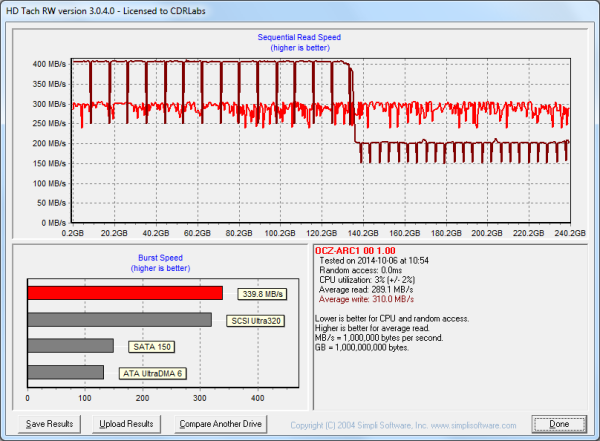
Looking at the screenshot above, you can see that the ARC 100 had average read and write speeds of 289.1 MB/s and 310.0 MB/s respectively, as well as a burst speed of 339.8 MB/s.
ATTO Disk Benchmark 2.46:
I also used ATTO Disk Benchmark to test the ARC 100's sequential read and write speeds. The tests are run using blocks ranging in size from 0.5KB to 8192KB and the total length set to 256MB.
When tested with ATTO, the ARC 100's read speeds topped out at about 502 MB/s and its write speeds at 432 MB/s.
AS SSD:
AS SSD is a relatively new benchmark designed specifically for solid state drives. The application contains five synthetic tests used to determine the sequential and random read and write performance of a drive.
AS SSD also includes a copy benchmark. This test copies an ISO (two large files), program (many small files) and game (small and large files), returning the speed and duration of each.
HD Tune Pro 4.61:
Next, I ran a series of tests using HD Tune Pro. This hard disk utility measures a drive's performance by testing its sequential read and write speeds as well as its access time, burst rate and CPU usage. For this review, I'm also going to use it to benchmark the ARC 100's random read and write speeds, random access times and the number of operations per second.
The ARC 100 performed relatively well when benchmarked with HD Tune. The drive had average read and write speeds of 480.1 MB/s and 380.3 MB/s, respectively, and a burst rate of 392.8 MB/s when reading.
The ARC 100 didn't disappoint when doing random reads and writes. When reading 4KB blocks, the drive reached 22,019 IOPS and had an average speed of 86.014 MB/s. The ARC 100 was slightly faster when writing, reaching 22,892 IOPS with an average speed of 89.425 MB/s.
Anvil's Storage Utilities:
Anvil's Storage Utilities is another new benchmark designed with SSDs in mind. The standard storage benchmark measures a drive's performance by testing its transfer speeds, access times and IOPS.
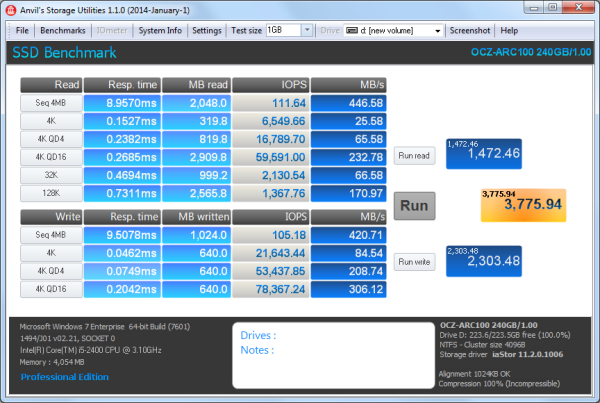
Iometer:
Lastly, I ran a series of tests using Iometer. This tool can be configured to benchmark a number of things. In this case, I used it to measure the ARC 100's read and write speeds and the number of operations per second. The tests were run using random bytes and a queue depth of 3.

The ARC 100's performance was very similar to what we saw in our other tests. The drive was able to read at 472.91 MB/s and write at 396.6 MB/s.

The ARC 100 wasn't one of the faster drives we've tested when it came to random reads and writes. In our tests, the drive was able to read at 113.69 MB/s and write at 215.36 MB/s.

According to OCZ, the 240GB ARC 100 is capable of 75,000 IOPS when reading and 80,000 IOPS when writing 4K blocks. In our tests, the drive reached 28,850 random read IOPS and 55,132 random write IOPS. The only way I came close to OCZ's numbers was to increase the queue depth. With the queue depth set to 32, the ARC 100 reached 81,764 random read IOPS and 81,661 random write IOPS.
TRIM Performance:
While SSD's offer many benefits, there are some downsides to using flash memory. One of the biggest issues people run into is performance degradation. Over time, an SSD will run out of fresh blocks and will have to write over data the file system has marked as deleted. This procedure is very complicated and can slow an SSD's write speeds considerably.
To fix this problem, most manufacturers have added TRIM support to their SSDs. The TRIM command allows an operating system, such as Windows 7, to tell an SSD which data blocks are no longer in use. Using this information, the drive pro-actively erases these blocks and adds them to the free block pool.

To test the ARC 100's TRIM and garbage collection functions, I first put the drive in a "dirty" state. I used Iometer to fill the entire drive and then ran a random write test for 30 minutes. Looking at the screenshot below, you can see that the ARC 100's average read and write speeds dropped to 229.4 MB/s and 126.8 MB/s, respectively.
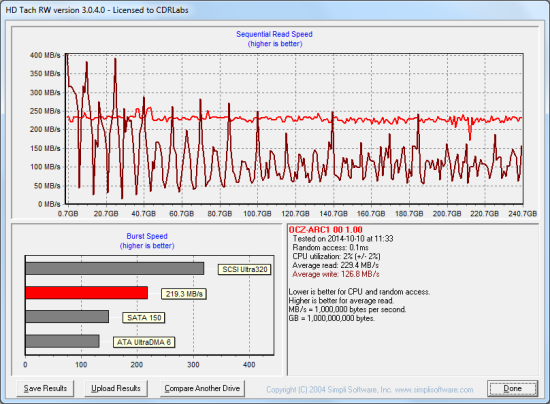
OCZ ARC 100 - Dirty
I let the computer sit for about an hour and a half and then reran the test. The drive's average write speed jumped back up to 322.1 MB/s. However, its read speed lagged a bit behind, averaging out at 251.9 MB/s.

OCZ ARC 100 - After TRIM
Lastly, I used OCZ's Toolbox utility to perform a secure erase on the ARC 100. With the drive wiped clean, it had average read and write speeds of 377.3 MB/s and 366.6 MB/s, respectively.
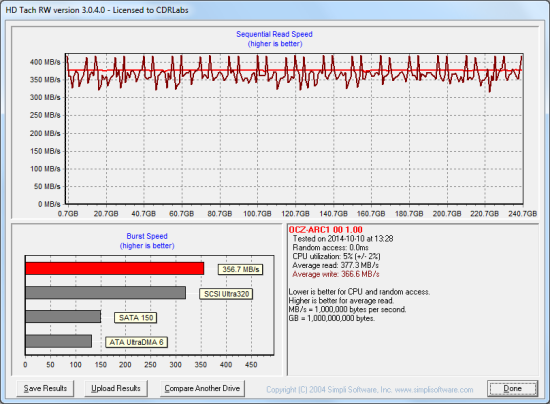
OCZ ARC 100 - Secure Erased
Final Thoughts:
OCZ's ARC 100 SSD is an excellent choice for the cost-conscious consumer looking to upgrade their storage to a faster or higher capacity solution. Powered by the same Indilinx-infused Barefoot 3 M10 controller as the Vertex 460, the ARC 100 uses Toshiba's A19nm Toggle Mode MLC NAND flash to deliver a fast and responsive computing experience. In our sequential read and write tests, the 240GB version of the drive was able to read at speeds as high as 502 MB/s and write at speeds in excess of 430 MB/s. It also did reasonably well in our random write tests, producing more than 55,000 IOPS at low queue depths. Increasing the queue depth did lead to better results. However, the ARC 100 still had a hard time keeping up with other entry-level drives like the Samsung 840 EVO.
The ARC 100 is available now in 120GB, 240GB and 480GB capacities. Prices on Amazon and Pricegrabber currently range from $65 up to $215, with the 240GB version reviewed here going for about $105.

Highs:
- Available in 120GB, 240GB and 480GB capacities
- Good sequential and random read and write performance
- Performs equally well with compressible and incompressible data
- SATA 6Gb/s interface
- Toggle Mode MLC NAND flash
- Large DRAM cache
- Supports TRIM and idle background garbage collection
- Well constructed design
- Ultra-slim form factor
- AES 256-bit encryption
- Reasonably priced
- 3 year ShieldPlus warranty
Lows:
- Random write performance at low queue depths could be better
- Does not support DEVSLP
- Does not support TCG Opal or eDrive encryption

